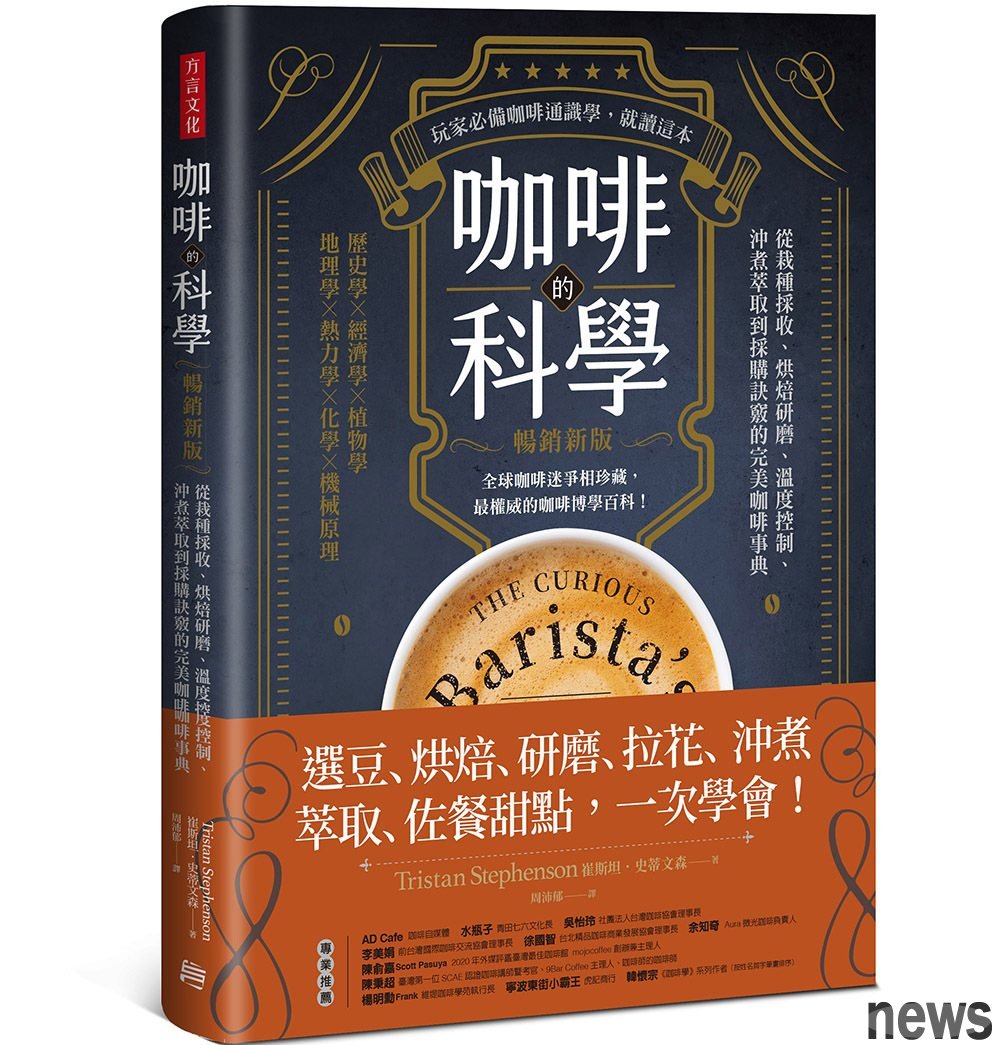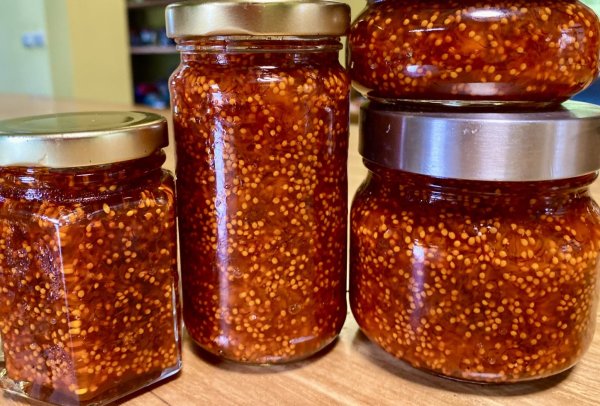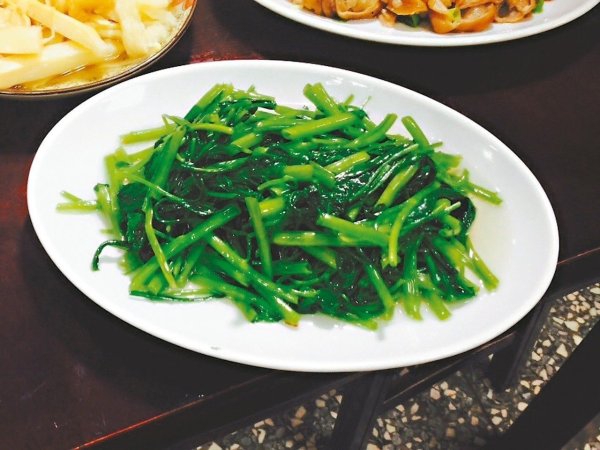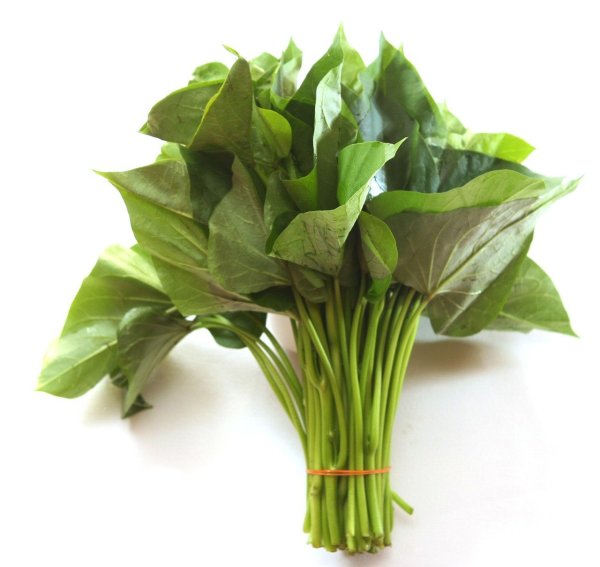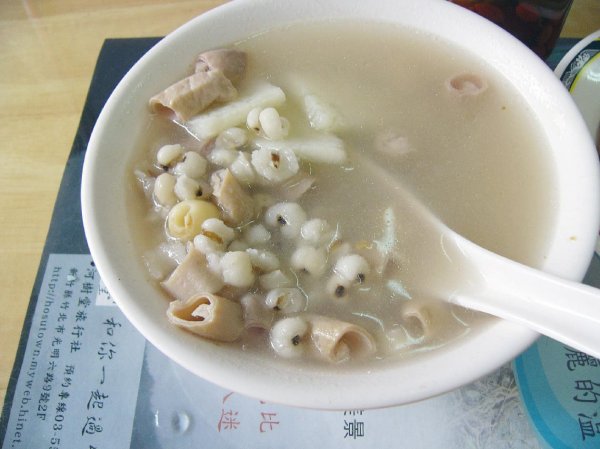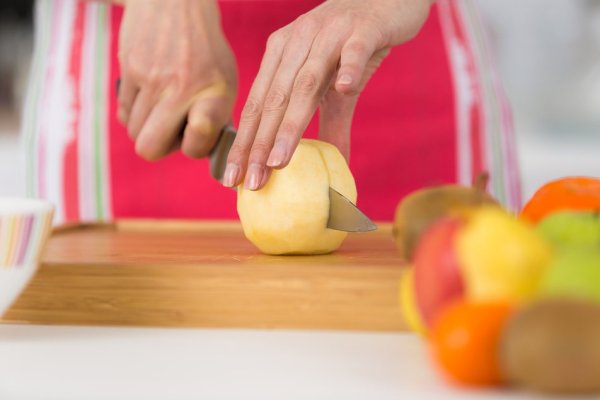Is the freshest but not delicious? Why experts suggest that you keep it for a while: Saving method is more important
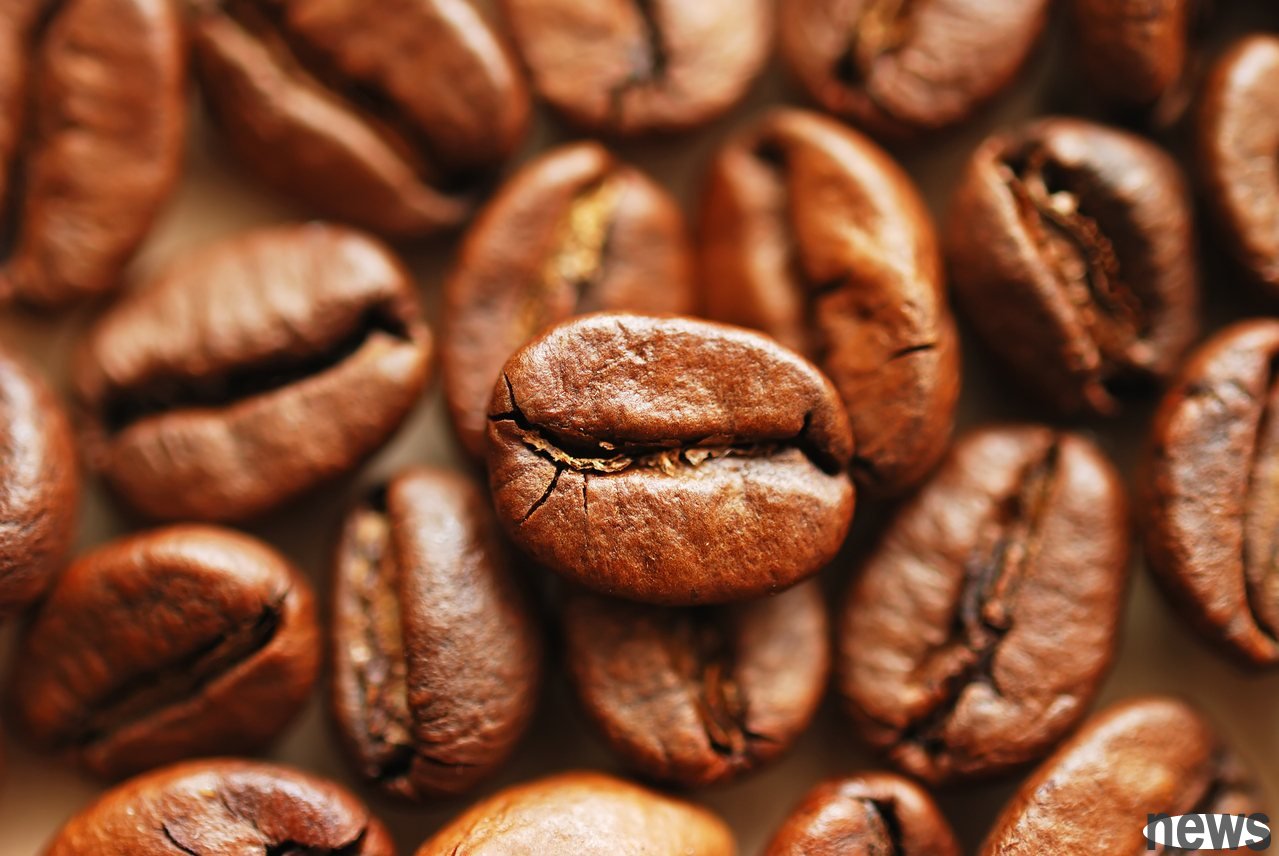 Wake up beans and hiding are very important! Don’t rush to drink the coffee that comes from
Wake up beans and hiding are very important! Don’t rush to drink the coffee that comes from is not good, really. I was not crazy, but I just said that I was not the coffee I bought from the store, but the coffee I poured out of the cold plate.
In fact, it is not surprising that these coffee beans have undergone a very unnatural transformation process: the stored moisture and solid matter are just developed, the sugar and acidic matter split into a mixture of new chemical materials, and don't forget to add caramelization and browning reactions; the physical structure of coffee beans also undergoes a violent transformation, with almost twice the size of the original, and their structure has all changed porosity, color, density and weight. Brewing such new coffee will give you a flat, light, breathless drink with little complex aroma.
Coffee must be awake first before it can become a delicious drink. The most important element of awakening beans is the process of "gas release", that is, the carbon dioxide in the beans are released. The second is the microchemical changes that occur in several minutes, hours, or even days after baking.
About 2% of the weight of the roasted coffee is carbon dioxide, and if stored in an unpressed environment, the coffee beans will derive this gas slower and slower. Because after roasting, carbon dioxide and other gases are completely discharged based on the pressure inside the coffee beans (please imagine a gas ball filled with air).
Carbon dioxide itself has no smell, but when mixed with water (for example, boiled with French filter pressure), high-heat liquid becomes an effective carbon dioxide solvent, and then is discharged from the water to produce many bubbles. The effect is like pouring a cup of bubbles onto the cheese, which may sound fun, but it cannot make a good cup of coffee.
There are two reasons. First, carbon dioxide and water mix produce carbonic acid. The slightly "spicy" feeling of soda when it is put into breathing is the carbonated taste. The point is that carbonation is not very good, which will give the tongue a "battery licking" feeling; if you brew very fresh coffee, this feeling may be very obvious.
Another reason is that some people believe that carbon dioxide is not good for boiling because this gas will dry the boiling mechanism. The aromatic solubility is found in the inner walls of the micro-holes in the coffee cell structure. The soaked coffee powder will continuously produce carbon dioxide, pushing the water from brewing coffee away from these solubility. The consequence is that the extraction is not complete.
The time required for waking beans and gas release for coffee must be determined according to the roasting and storage method. Generally speaking, coffee with deeper roasted and higher roasted temperatures has a higher internal pressure, so the gas release rate will be slightly faster and is also relatively complete; coffee with lighter roasted and lower roasted temperatures will be the opposite.
The gas releases faster, indicating that the structure of the coffee beans is porous and easier to be morbid. There seems to be a direct connection between the speed and degree of gas release and the loss of aromatic compounds during about the first week after baking.
The aroma left behind by more roasted coffee is usually more obvious; the aromatic substances (at least popular) in deep roasted coffee are damaged at a rate that exceeds the rate of formation.
Oxidation and fragrance oxidation make coffee tasteAfter coffee is roasted, the quality will inevitably deteriorate. Unfortunately, many people deliberately ignore this troublesome fact.
Although packaging and correct technical procedures can limit certain mechanisms that cause scent and distaste, they cannot be completely stopped. The typical phenomenon of calcification is the loss of fragrance and the odor becomes bleak. The main reason is the loss of aromatic molecules and oxidative reactions. Every time we open a bag or box of coffee, or even the smell of the coffee shop on the street, we experience the phenomenon of aromatic molecules spreading.
Oxidation is a destructive effect, which will cause fruits and vegetables to lose color and fat to smell. The case of coffee is that oxygen molecules in the air borrow electrons to the compounds in the coffee, making them into another type of oxide. Therefore, the fragrance of the smell molecules is lost, and the fresh smell molecules that are usually poor (in terms of taste) will lose the overall flavor.
The oxidation rate of coffee is mainly proportional to the gas release rate. Very fresh coffee actually oxidizes slowly because the pressure inside the coffee beans will prevent too much oxygen from entering.
However, as the gas release rate decreases, oxygen can enter. There are other factors at play; for example, air moisture will increase oxidation. Store coffee in a cool and dry environment is still the most ideal and simple way to maintain it.
At a certain stage of fragrance loss and oxidation effect, the loss of coffee aroma will exceed an acceptable range and be considered too old and too old, not good to drink.
As for when the performance of coffee reaches its peak, only a rough principle - the coffee beans that are roasted must be left for at least 12 hours to drink, and sometimes it takes a week to fully exert potential; perhaps not all oxidation has the quality of coffee, and not all aromatic molecules are real losses... There are too many changes, and it is impossible to give you a clear principle to tell you the best way to use coffee. However, assuming the right way to store coffee is, I recommend using filtering and sautéing within 1 to 10 days after roasting beans, and using an Italian coffee machine within 7 to 14 days.
The air valve is sealed and cooled to extend the storage degreePackaging is equipped with various options, which one is the most suitable, and how you plan to use coffee. Regardless of how to use it, first of all, you must know that it is not very smart to put coffee in an unsealed container. This will make the coffee completely unable to resist the calcification and should be used up in 1 to 2 days.
Air sealed bags are the most commonly used packaging method for most baking bean merchants. The gas valve allows the gas generated by the bean baking process to be continuously released and retain the fragrance. Because carbon dioxide continues to be discharged, oxygen is difficult to enter, so the bag is actually filled with carbon dioxide.
I have seen some data showing that after the gas-sealed bag is packed with just 5 minutes of roasted coffee, carbon dioxide may fill 50% of the space inside. When this type of sealed bag is opened, oxygen will certainly enter, but if the bag is sealed again, oxygen will eventually be rolled out. Some bakers will specifically fill the bag with nitrogen when packing it, eliminating any oxidation effect until the bag is opened; the air-sealed bag can achieve the same effect.
However, the air-sealed bag cannot prevent gas from being released. Since the degree of gas is released is related to the internal pressure of the coffee beans, and the internal pressure of the coffee beans is also related to the possible threat of oxidation, so after roasting for 3 weeks, the 3-week coffee will be quickly dissolving once the bag is opened.
The method of change is to store coffee in a pressure container. In addition, if roasted coffee beans are required for short-term or long-term storage, cold-sauce is also a simple and very effective way to do it. Over the years, I have been cold-fried with the single roasted coffee beans I weighed on carefully, and the effect is amazing. However, be sure to cool it in a sealed bag or sealed container to prevent the water from coagulating on the surface of the coffee beans.
※ This article is excerpted from "The Science of Coffee: The Perfect Coffee Classic from Planting, Roasting and Grinding, Temperature Control, Boiling Extraction to Purchase"."The Science of Coffee: The Perfect Coffee Documentary from Planting, Roasting and Grinding, Temperature Control, Boiling and Extraction to Purchase"
Author: Tristan. Stevenson
Translator: Zhou Peiyu
Publisher: Dialect Culture
Publication Date: 2022/11/30
